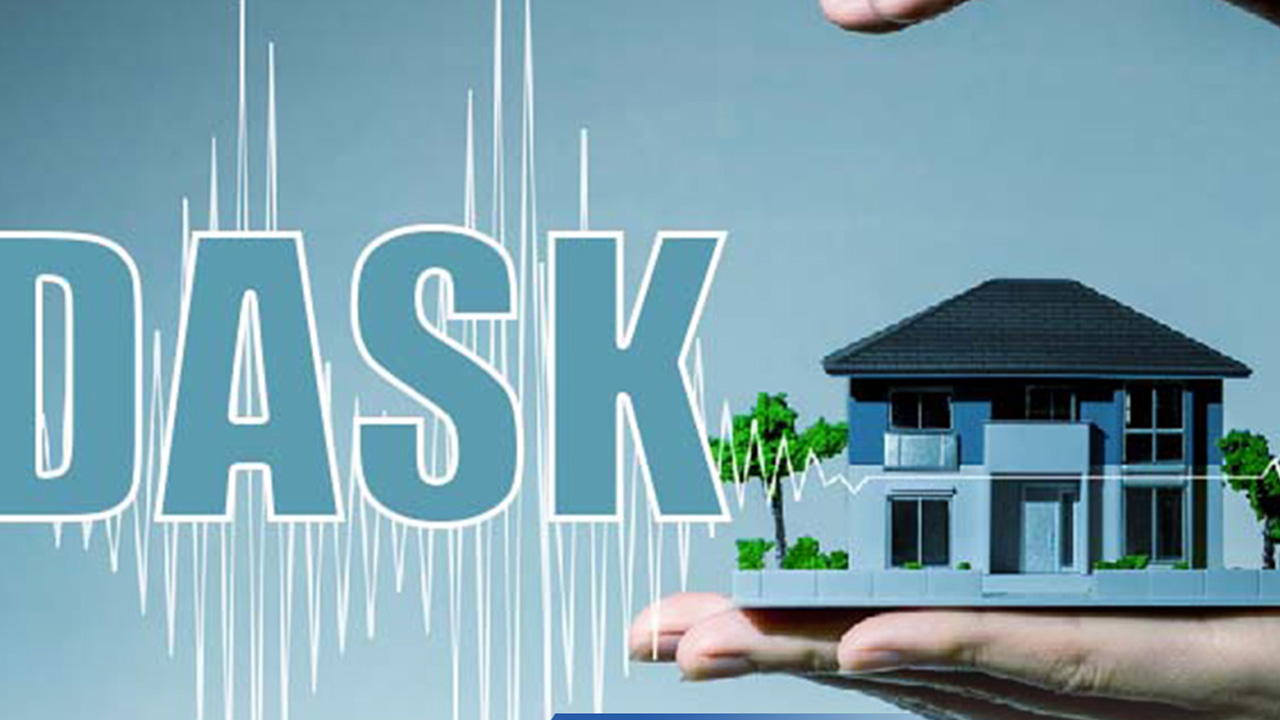- DASK earthquake insurance in Turkey is mandatory and aims to protect property owners from earthquake-related damages.
- The law was implemented after the destructive 1999 Marmara earthquake. The Turkish government established DASK to handle repairs, covering all types of properties.
- Insurance fees are paid annually and are crucial for ensuring building safety and mitigating potential earthquake damages.
- DASK insurance is a prerequisite for property transfers and is required by private utility companies.
- Payments are made through banks, insurance companies, or the Turkish post office (PTT).
- The cost of DASK insurance depends on factors like property location, age, and size.
- It covers damages to residential, commercial, and under-construction buildings.
- Certain properties, like public service buildings and those in non-compliant or neglected conditions, are excluded.
- Reasons for the mandatory earthquake insurance stem from Turkey’s experience with the devastating 1999 earthquake.
- The government’s response included compulsory insurance, demolishing vulnerable buildings, and a comprehensive plan for societal transformation.

Costs of Obtaining Earthquake Insurance in Turkey:
Several factors determine the fees for obtaining earthquake insurance policies in Turkey:
- Property Location: Fees vary based on the property’s proximity to fault lines, with higher fees in earthquake-prone areas and lower fees in safer regions.
- Building Age: Older buildings are more susceptible to earthquake damage, leading to higher insurance fees, while newer buildings enjoy lower premiums.
- Property Size: The property’s size influences insurance costs, along with considerations such as the number of floors and height.
Earthquake insurance fees in Turkey generally do not exceed $50 annually.
Specifications for Earthquake-Resistant Buildings:
- Construction of earthquake-resistant buildings involves adhering to research and studies, ensuring compatibility with the soil type.
- and using materials that withstand seismic forces. Emphasis is placed on the eligibility of building foundations.
- suitable doors and windows, and compliance with standards to enhance building safety during earthquakes.
- Calculations for floor loads and self-weights are precise, with responsibilities assigned to concrete columns for roof support.
- providing high resistance to earthquakes. Building design focuses on internal and external balance, especially in horizontal urban planning.
- The soil for construction must be chosen according to a soil study’s recommendations, avoiding loose or sandy soils.
- Solid soil minimizes building vibrations during earthquakes, contributing to the connection of building foundations to stable ground.
- Earthquake-resistant buildings are cohesive units, unyielding to seismic forces, thanks to strong building joints capable of absorbing seismic pressures.
- ultimately reducing earthquake-related damages.

Materials Resistant to Earthquakes in Turkish Residential Complex Projects:
- Turkish construction companies, both governmental and private, follow five key standards when establishing earthquake-resistant buildings:
- Design for Support: Structures are designed to provide support by connecting roofs and walls with a rigid square that remains stable during earthquakes.
- Construction of Towers and Skyscrapers: High-rise buildings utilize separate foundations composed of springs, cylinders, and metal balls to absorb shocks, preventing building vibrations.
- Incorporation of Strong Building Joints: Buildings include robust building joints that help minimize risks, absorbing pressure to keep the structure intact.
- Selection of Suitable Soil: Suitable soil is chosen for building construction, avoiding soft or sandy areas. Building foundations on solid ground reduce building vibrations during seismic events.
- Consideration of Building Dimensions: Structures exceeding 50 meters incorporate expansion and contraction joints in upper floors, along with seismic joints to ensure building integrity in earthquake-prone regions.
In Turkey, earthquake-resistant buildings aim to absorb seismic forces, employing sturdy materials.
strategic joint designs, and appropriate foundations to enhance resilience and protect inhabitants during earthquakes.
 العربية
العربية


